Córdoba's Sacred Journey: Ancient Churches Unveiled
Embark on an enlightening journey through Córdoba's sacred heritage. Un tour de 2 horas para ver iglesias antiguas, exploring the beauty of its historic churches in this free walking tour.
Time
3 Hours
Stops
6 Places
Distance
3.4 km
Mezquita-Catedral de Córdoba
Start your tour at the iconic Mezquita-Catedral, a UNESCO World Heritage Site and a stunning example of Moorish architecture that was converted into a cathedral, showcasing Córdoba's rich religious history.
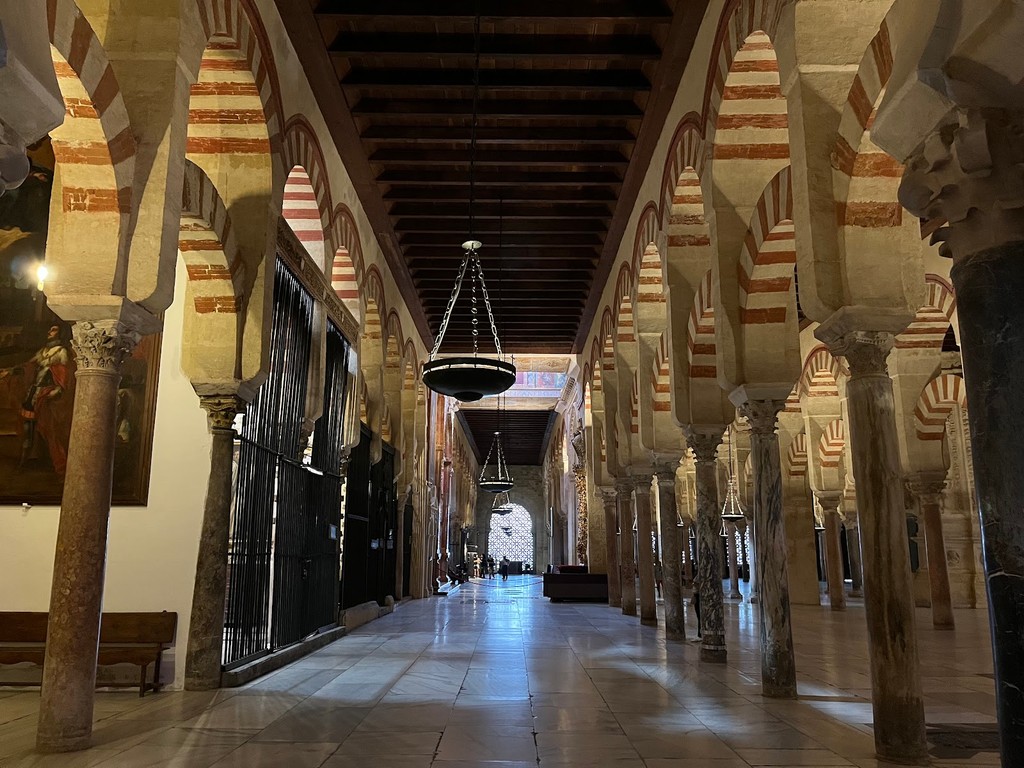
Mezquita-Catedral de Córdoba (Source: Google Maps)
The Mezquita-Catedral de Córdoba is a UNESCO World Heritage Site, renowned for its stunning Moorish architecture. Originally built as a mosque in the 8th century, it was converted into a cathedral in the 13th century, representing the complex religious history of Córdoba. The structure features a breathtaking array of arches, columns, and intricate mosaics, showcasing the artistic achievements of the Umayyad Caliphate. The iconic red and white striped arches are a hallmark of Islamic architecture, while later additions reflect the Christian influence. The site stands as a symbol of the cultural fusion that occurred in Spain during the Middle Ages, attracting visitors from around the world who come to admire its beauty and historical significance.
Iglesia de San Nicolás de la Villa
A short walk brings you to this 13th-century church, which beautifully blends Gothic and Mudejar architectural styles, offering a glimpse into the city's Christian past.
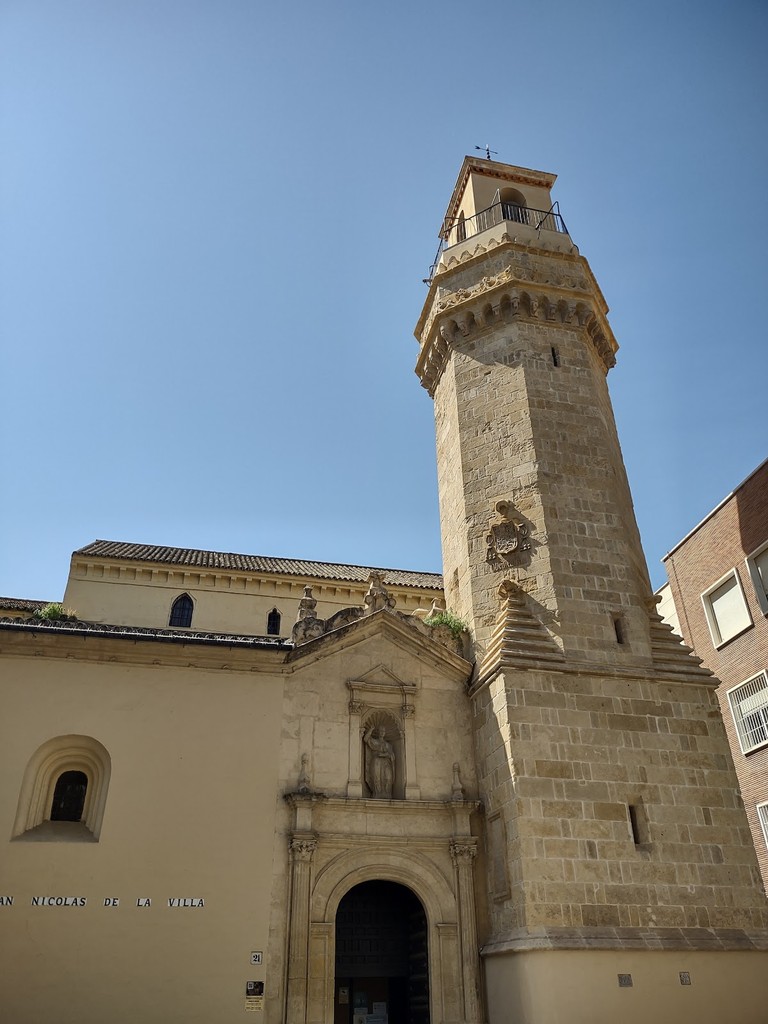
Iglesia de San Nicolás de la Villa (Source: Google Maps)
Dating back to the 13th century, the Iglesia de San Nicolás de la Villa is a remarkable example of the blend of Gothic and Mudejar architectural styles. Its construction reflects the transition period following the Reconquista, where Christian elements were interwoven with Islamic influences. The church features a striking façade adorned with intricate brickwork and a charming bell tower. Inside, visitors can enjoy a serene atmosphere enhanced by beautiful altarpieces and religious artwork. The church has played a significant role in the local community, serving as a spiritual center for centuries. Its historical importance and architectural beauty make it a must-visit site in Córdoba's rich tapestry of religious heritage.
Iglesia de San Hipólito
This church, known for its Baroque architecture, houses the tombs of two Castilian kings, adding a regal touch to your exploration of Córdoba's religious sites.

Iglesia de San Hipólito (Source: Google Maps)
The Iglesia de San Hipólito is celebrated for its stunning Baroque architecture and historical significance. This church is notable for housing the tombs of two Castilian kings, which adds a regal dimension to its already rich history. Constructed in the 17th century, the church features elaborate decorations, including ornate altarpieces and intricate frescoes that showcase the artistic styles of the period. The façade is characterized by its grand entrance and decorative elements typical of the Baroque style. Visitors are drawn to the church not only for its architectural beauty but also for its connection to the royal lineage of Spain, making it an essential stop for those interested in the interplay between history and architecture.
Iglesia de San Miguel
Continue to the Iglesia de San Miguel, a fine example of the Fernandine churches built after the Christian reconquest, featuring a mix of architectural influences.
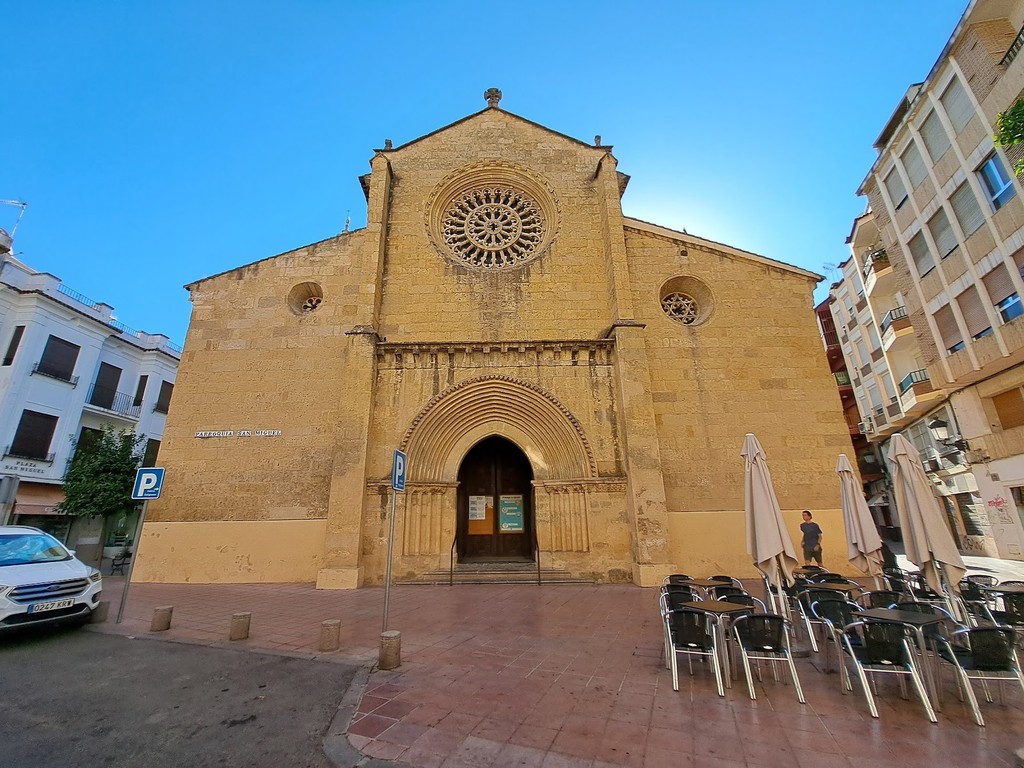
Iglesia de San Miguel (Source: Google Maps)
The Iglesia de San Miguel is a noteworthy example of the Fernandine churches, built after the Christian reconquest of Córdoba. Its construction reflects a mix of architectural influences, showcasing elements from various styles that emerged during this transformative period. The church features a simple yet elegant façade, with a charming bell tower that rises above the surrounding landscape. Inside, the church is adorned with beautiful altarpieces and religious artwork that highlight its spiritual significance. The design of the church emphasizes harmony and balance, creating a serene atmosphere for worship and reflection. As a vital part of Córdoba's religious heritage, the Iglesia de San Miguel offers visitors a glimpse into the city's architectural evolution following the Reconquista.
Iglesia de San Lorenzo
This church is one of the most well-preserved Fernandine churches, with a striking Romanesque bell tower and a beautiful rose window to admire.
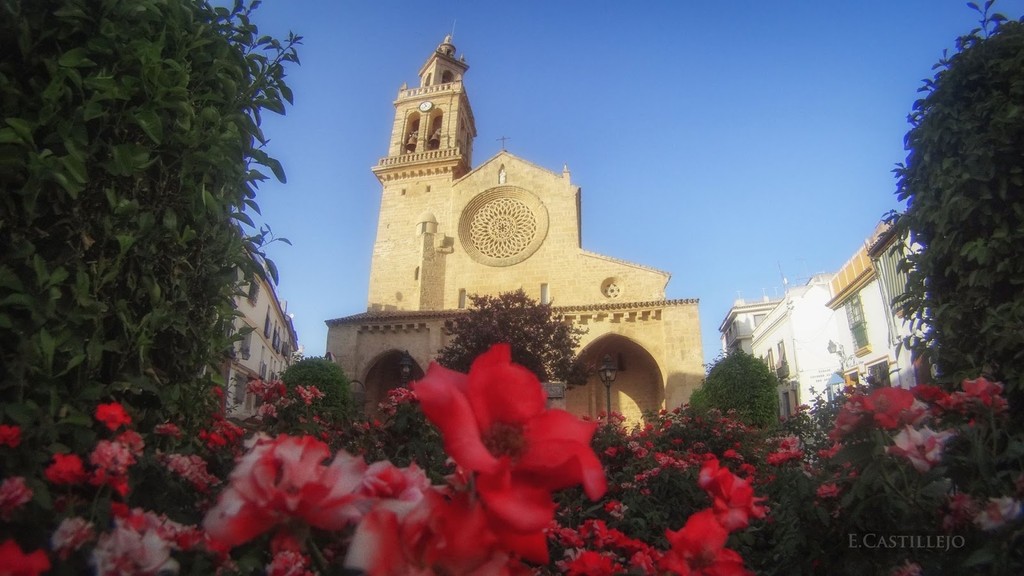
Iglesia de San Lorenzo (Source: Google Maps)
The Iglesia de San Lorenzo is one of the best-preserved Fernandine churches in Córdoba, known for its striking Romanesque bell tower and exquisite rose window. Built in the 13th century, the church exemplifies the architectural transition from Islamic to Christian styles, with its solid structure and decorative elements reflecting this blend. The bell tower, with its distinctive design, serves as a significant landmark in the area, while the interior boasts a collection of religious artifacts and altarpieces that enhance its spiritual ambiance. The church has been a focal point for the local community, witnessing centuries of history and tradition. Its architectural beauty and historical relevance make it a key highlight in the exploration of Córdoba's ancient churches.
Iglesia de Santa Marina
Conclude your tour at the Iglesia de Santa Marina, another Fernandine church, known for its austere exterior and serene interior, providing a peaceful end to your exploration of Córdoba's ancient churches.
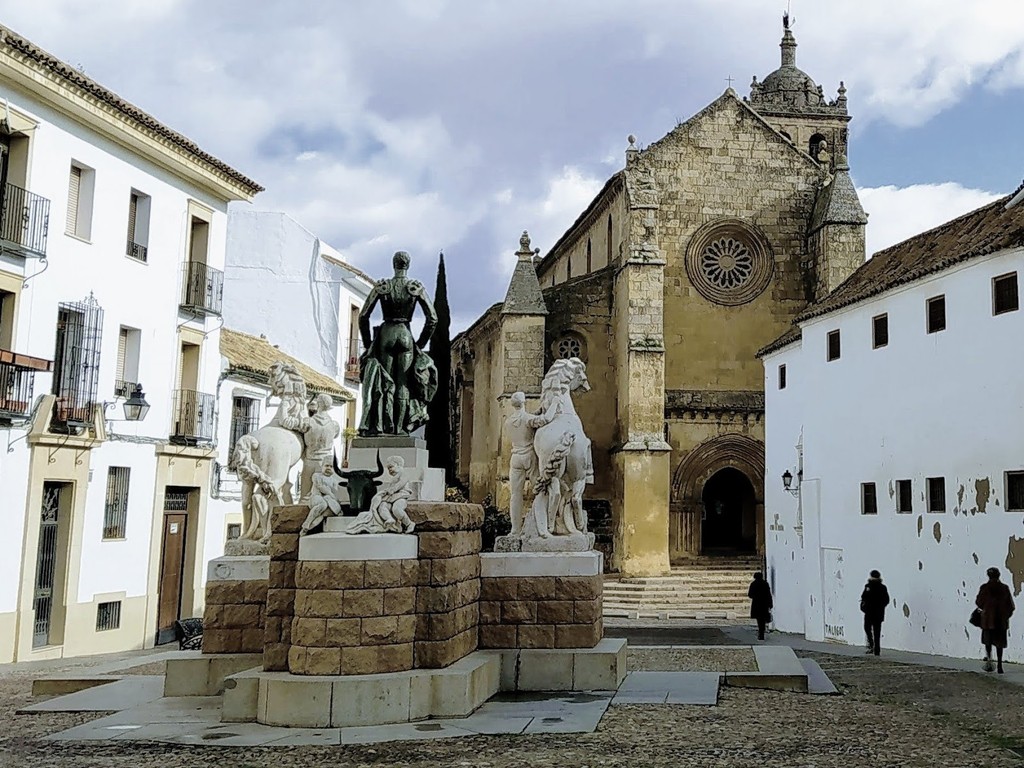
Iglesia de Santa Marina (Source: Google Maps)
Concluding the tour, the Iglesia de Santa Marina is another exceptional example of a Fernandine church. Known for its austere exterior, the church presents a striking contrast to the ornate interiors that await inside. The serene atmosphere and simple design create a peaceful environment for reflection and worship. The interior features beautiful altarpieces and religious artwork that tell the story of the church's long history. As one of the lesser-known churches in Córdoba, it offers visitors an intimate experience away from the crowds. Its historical significance and tranquil ambiance make it a fitting end to the exploration of Córdoba's ancient churches, leaving a lasting impression of the city's spiritual heritage.

Your travels, your rules.
Create your own Free Walking Tours.
Set your preferences, distances and anything you want to do or see.
Completely free, no payment required.